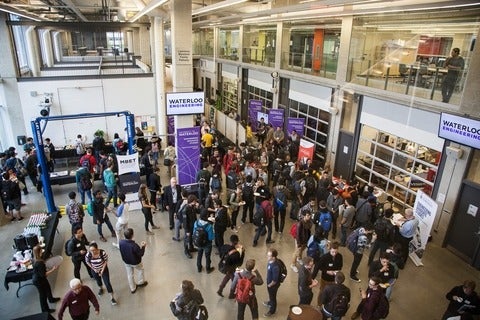Seminar - “Fractionation of Algal Biomass for the Production of Biofuels using Ionic Liquids” by Valerie Orr, University of Western Ontario
ABSTRACT: Microalgae have received a great deal of attention as a platform for biofuel production due to their photosynthetic nature. However, the over emphasis on the production of lipids for biodiesel synthesis can limit the productivity of algae cultures and undervalues the potential applications for the significant quantities of protein and carbohydrate fractions present in this biomass. Currently, the commercial prospects for microalgae biofuels are primarily inhibited by their low cell densities and the high cost of current lipid extraction processes.

